Digital Debate: Unpicking formats and dissecting House Music with Jus Ed

Jus Ed reflects on the commoditisation of house music and the associated culture in a rare interview.
This spring, the entire back catalogue of Jus-Ed’s venerable left-field house label Underground Quality went digital.
The transition is notable for an imprint whose operations have run for over 20 years on an old-school ethic — doing without digital distribution and the assistance of algorithms to build an audience, not to mention an attachment to the tradition of vinyl production and its accordant style of DJing.
On a wet, silver day this winter, Ed McKeithen and I had a chat as he took a break entering metadata fields for The Orchard, the distributor he ultimately selected to handle U.Q.’s archive online. It became clear that his personal history, the timeline of the label, and the chronology of the dance-music industry were all closely interleaved. For that reason, the following transcription of our dialogue is set off with a few passages digging into the industry’s shifting structures of circulation and sale.
Appendix *
*Digital distributors act as mediators between artists/record labels on the one hand, and points of sale (Amazon, iTunes Music, etc.) or stream (Spotify, Tidal) on the other. This position includes a number of duties beyond moving the music to a site of commerce (also called a Digital Service Provider, or DSP), two main examples being the allocation of royalties from purchases and streams, and the engagement to market a catalogue of music towards the DSPs’ own systems of promotion (such as Spotify’s ‘New Music Friday’). The major labels such as Warner, Universal and Sony have in-house distribution departments, and go about acquiring smaller independent companies — for example, Sony bought The Orchard in 2015. For this reason, as an industry, distribution is largely aligned to the behemoths; in the U.S. market, 85% of all digital revenue goes through these three companies and their umbrellas of smaller, independent distributors.
Nat Marcus: In the early years of the U.Q. catalogue there are mix CDs and recordings from live sets, which I find interesting, because they point back to a different media and form of autonomous distribution — like coming out of the subway stations, and there’d be two dudes in your face: ‘You want to buy my mix CD?’ That immediacy goes out the window with digitisation.
Jus Ed: Right. You don’t have this element of the public intervention, street vendors. I don’t know if Lenny M still has a stand near St. Mark’s. Lenny M’s Music World – a staple on the corner of St. Mark’s Place and 3rd Ave in Manhattan, was a rack of CDs and mixtapes of R&B, hip-hop and house, often mixed onto cassettes that Lenny sequenced himself. In 2009, he was busted for selling music without a license — in effect, evading copyright laws.
NM: Close to Astor Place, exactly.
JE: And I used to buy cassettes from him; I’d come once a week for a new mix. Actually, once I asked Timmy [Regisford] if he would record some his set on tape for me, so I could have some music driving between Connecticut into New York, to Shelter. He gave it to me, and said, ‘You can’t play this back anywhere!’ I still have it.
NM: Okay, so this story goes all the way back to cassette.
JE: Yeah, exactly. And then crossing over to CD.
NM: And when you started to build up the label’s catalogue in the early 2000s, were you listening to the artists’ mix CDs, or were they people already in your immediate community?
JE: Actually, I wasn’t physically around any of them unless I came to New York. Because Fred P, QU, Levon Vincent, Joey Anderson — they lived between Jersey and New York. But I needed to find artists, partially because there was no music readily available in record shops that would help me transition from house to what they called ‘left field’. That’s how my music was billed.
NM: Like it got too weird too quick?
JE: It was just impossible to transition the energy level of boom-clap soulful house into what I was making. So I said, I need to find more artists making similar music! Stuff that could act as the crossover while in the mix.
“I swear, four bars hit, and soon as the bass-line dropped, like, everybody on the dance floor came running to the booth.”
NM: Who were some artists on this tip, at the time?
JE: Well, I met Omar S in 2003, at the Winter Music Conference. We introduced ourselves and started talking, and I ended up giving him a sampler CD, with four tracks from my Carnival House album. And he said, “I’m gonna give you this record. It’s the last one, and it’s a hit overseas.” And I was like, looking at this handwritten label, Omar S 002, and was like, “Okay, what’s this, the test pressing?” And he said, “No that’s the real record!” I couldn’t help but be thinking then, Yeah, okay, everybody’s record is number one overseas, but I’m gonna take it.
The Winter Music Conference (WMC), first commencing in 1985, follows a format developed in the early 70s to track (or chase, with regards to disco’s meteoric rise) musical trends and forecasts. Major labels like Columbia had already been organising sales conferences to preview upcoming releases, but Billboard magazine’s First International Disco Forum (1975) is more akin to the conferences of today, galvanising and gathering the world of dance music as a visible industry: in attendance were record executives, lighting and sound-tech companies, music journalists, DJs, recording artists, and so on. As industry-centric events, they are in some ways moving in a direction wholly opposite to the underground ethic of dance music, the ‘Underground Quality’. Something like the WMC is wholly corporate, partnering with (and eventually acquired by) the Ultra Music Festival (a three-day EDM rampage on Miami Beach), or adding a seemingly endless host of sponsored events and competitions to the program. However, they also provide(d) nodes for different fields and sectors of this world to cross paths, converse, listen. And although the word ‘network’ has an awful, corporate tang to it, we could certainly call this interaction between Jus-Ed and Omar-S a fateful moment of networking.
A few weeks later I was playing a gig thinking I needed to spin something fresh, and while digging in my bag, his record appeared. I was like, Alright.
NM: Let’s give it a whirl.
JE: I swear, four bars hit, and soon as the bass-line dropped, like, everybody on the dance floor came running to the booth. “Detroit! Omar S!” I was like, This motherfucker told the truth! This shit is for real!
NM: And then in the span of just 3 years there was a big jump in the number of producers you were releasing.The second Unity Kolabo collection from 2007 features 10 different artists. How were you finding their music? From sampler CDs, or like, MySpace?
JE: Yes. Some from the internet, like MySpace; some from CDs that were mailed directly to my house.
NM: I love the graphic style of these early releases, kind of like artefacts: each individual artist on the Jenifa Mayanja’s Time Waits for No-One Remixes EP has their MySpace URL linked; sometimes there’s an email or phone number.
JE: Well that’s part of the problem I’m facing right now, as I’m inputting metadata information for digitising the catalogue: for a digital graphic, they just want project name, track titles. The physical stickers have too much information for the digital market— they don’t want anything that leads to another website or service.

NM: Was your stance already against digital distribution back in the early 2000s? Or did that kind of develop over time?
JE: I’ve always been anti-digital. Like, if a project is intended to only be released on vinyl, then it should stay that way. It helps keep the value up, and makes the release special. And listen, I was pissing and moaning about having to play CDs; then we went from CDs to USBs super-fast. People say digital killed vinyl, but that’s not true — digital killed CDs.
NM: But have you worked at all with digital distributors before?
JE: Well, I was selling through Beatport a little after 2009, but it wasn’t fruitful, so I got out. You know, it’s a respectable digital warehouse to sell through, but at that time I switched to Juno and with them I consistently kept seeing my bread. I keep seeing it, you know — however little it is, they sold it. But the problem is that Underground Quality doesn’t have a large digital audience. There is a vinyl fan base that will support digital, but that’s not enough. So, I held out for 20 years, and now it’s time for a change: 62 projects from the back catalogue are going online.
NM: And how does this play into issues of licensing?
JE: The thing is, when I started, a lot of this stuff was handshakes. We traded track for track; we traded ownership of tracks. And as the copyright holder and controller, I would use the money that was supposed to go to my rent, my groceries and my family to produce these vinyl records. From mastering to cutting to shipping. The earnings would just go to press the next releases. But the artists were always paid or compensated for their contributions; any licensing deals, we’d split 50/50.
A powerful gesture: rather than the record label holding such a copyright, this handshake system followed a peer-to-peer model that gave fellow DJs and producers not only the right to reproduce and perform the work, but also the right to prepare ‘derivative works’ — varied arrangements, remixes, etc.
Generally, to play a song via the radio or a concert, the record label that the released the material acts as the copyright holder, from whom a license must be attained to carry on with replaying the music. More rarely, it is the artist or composer themself who holds the copyright. Organisations such as BMI (USA), GEMA (Germany), or PRS for Music (UK) act as both mediating and policing bodies, issuing blanket licenses for whole catalogues of music, as well as tracking down illicit circulation of copyrighted media. It was not until 1995 that the US Congress signed into law a licensing requirement for the public performance of sound recordings — those specifically made via a ‘digital audio transmission’. This requirement included the work of streaming services and online radio, and included certain stipulations: there were limits on the number of songs played from the same artist or album in a given period of time, or bans on using the media in an ‘interactive’ service. Of course, DJs had already been spinning records for decades and the greyzone practice situated somewhere between public performance, broadcast and interactive service could appear quite hard to wrangle with licensing, at least in the ephemeral context of a dancefloor.
Thankfully, there are some moves to shift licensing away from the policing of waveforms or IP addresses, and instead take up a model of communal redistribution. Zak Khutoretsky, aka Midwest techno-head DVS1, released in the spring of 2022 a software platform called Aslice for taking a cut of DJ fees to the artists. DJs would simply report their playlists to Aslice, and then determine a percentage of their fees to be paid out to the artists whose work made up these very performances/broadcasts/interactive services.
NM: And that’s just a whole different paradigm and business model. Call it underground, or old-school — these are exchanges in which people actually reach out and extend their hand or intention. An algorithm could never do you that; it could never fabricate randomness, or trust.
JE: That’s also what it means to be a house head. It’s a way of life and a community. And it’s full of intelligent and interesting people who have actually harnessed the energy and spirit of music and dance.
NM: And the means by which that community plays and shares music creates a kind of continuity between generations. Someone mixing records is using the same technology, tapping into the same techniques that have been used for decades. Do you think the process of digitisation, using more digital media over the years, has affected how you produce music?
JE: Well in the early days of the Underground Quality radio show, during my residency at Halcyon Records in Brooklyn, I would receive test press records. Then the CD came, Halcyon closed, and by that point, the internet was good enough that I could stream from home. And this is when I started doing my own online radio show at MyHouseYourHouse.net; I’d interact a lot with the audience, looking at the chat and responding to questions through the mic. At a certain point people were emailing me 10 gigs of music a day to play on that show! It was helpful for my career, and it became a tradition on Wednesday nights; my kids were often in the studio. The exchange with listeners was also great.
Like other forms of online media circulation, online radio has had a rapid rise to ubiquity. The first station, “Internet Talk Radio” was founded by the author and public-domain advocate Carl Malamud in 1993, and served as a talkshow for figures in the industries of science, tech, programming, etc. The next year, the Rolling Stones streamed a concert online — the first livestream to be pulled off on such a scale. Applications and interfaces started becoming more publicly available throughout the decade, and soon enough something like myhouseyourhouse.net represents another appropriation of a mode of mainstream media circulation to the underground ethic (the junglist pirate radio stations in the 90s UK being a prime example). In the dance-music world of today, corporatisation is perhaps most easily gauged by a metric of visibility: the novelty of listening to a live-streamed concert found its radio-adaptation not as much in live DJ sets (which are not so radically different than what FM radio DJs were doing anyways) but rather with video-streaming platforms like The Boiler Room. The DJ, in this framing, is not just the person managing the booth for the night, but the face of a brand; one could now watch DJs in their element, turning knobs. Something tacky like HÖR Radio intensively frames the DJ with a selfie-light and white tile-grid background. Pre-composed for a format like Instagram, at a certain point in 2020 it also became traditional for DJs to post a small slideshow of notable blends to their profiles — the station and its broadcasted music become a vehicle for the DJ’s self-promotion, a shift of emphasis from when the radio was a promotional route for record labels to break tracks. Something like rts.fm (check Ed’s lovely mix from 2013) or the Lot Radio have cameras running, but the visual feed seems marginal to the music. And then there are some stations, like NTS or rinse.fm, with residency slots coveted simply because they provide quality programming — prestige, no video.
But to answer your question — no, I wouldn’t say that different technology has affected my production so much. The thing is, the digitising process might just provide the most protection for the label; and it’s not just for me or the artists, but what I’d bequeath to my children. My interest has always been to nourish the scene and help other artists get a step up in the scene. This is my way of re-introducing the label worldwide. Even though I feel as though I am bending the knee to go digital, hopefully the word gets out and, and like Mike Huckaby used to say, “That it do what it do!”
House music is both quite old and infant. With an extensive network of roots stretching far underground and a set of circulations echoing throughout the Black Atlantic, the genre has been in the works for centuries; on the other hand, the dance-music culture and industry we inherit today has a handful of decades to its name. Although Jus-Ed may feel that he ‘bends the knee’ by transferring his label’s catalogue to the digital sphere, it is perhaps just as much an act of necessary adaptation — these decades have seen an incredible amount of flux with regard to dance music, formally and stylistically, culturally and financially.
In the following decades of adaptation, perhaps our task is to divert the ongoing corporatisation and whitewashing of an underground spirit with more autonomous mechanisms of communal distribution and infrastructure, such as DVS1’s Aslice proposal, the Black Obsidian Soundsystem collective and the Discwoman booking agency. The question is: do we want the history of dance music to be told as an array of warring careers, or a sequence of handshakes?


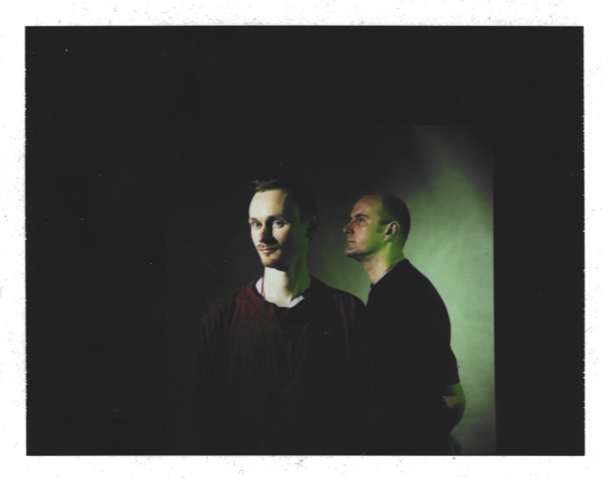
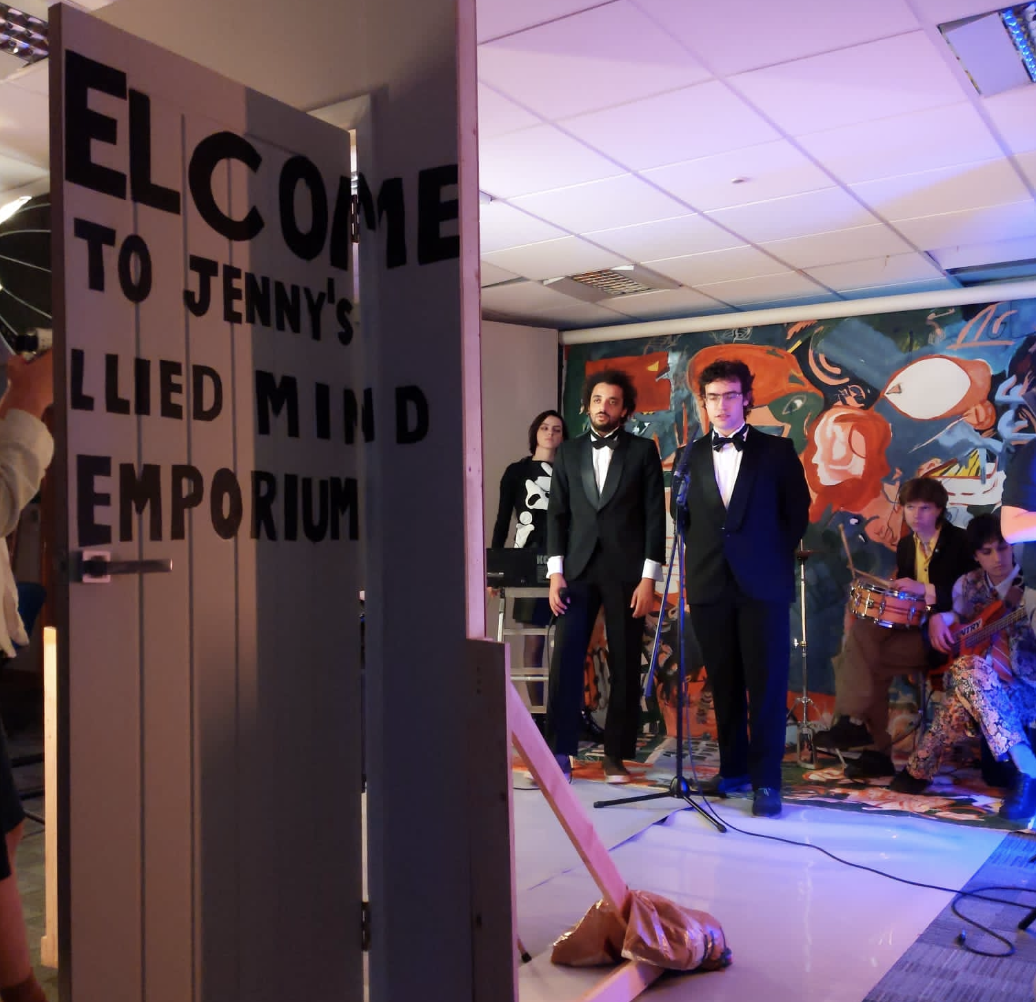
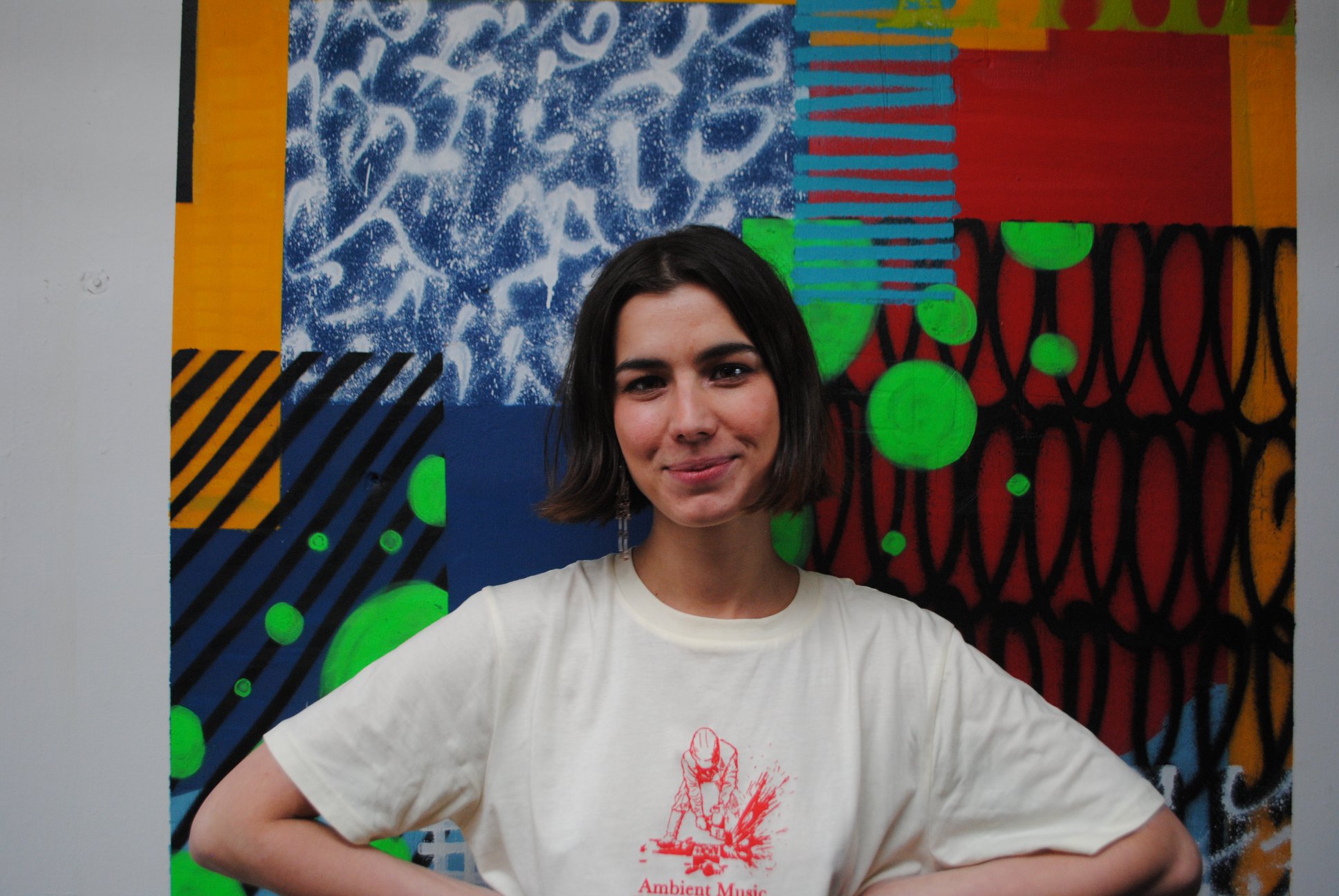










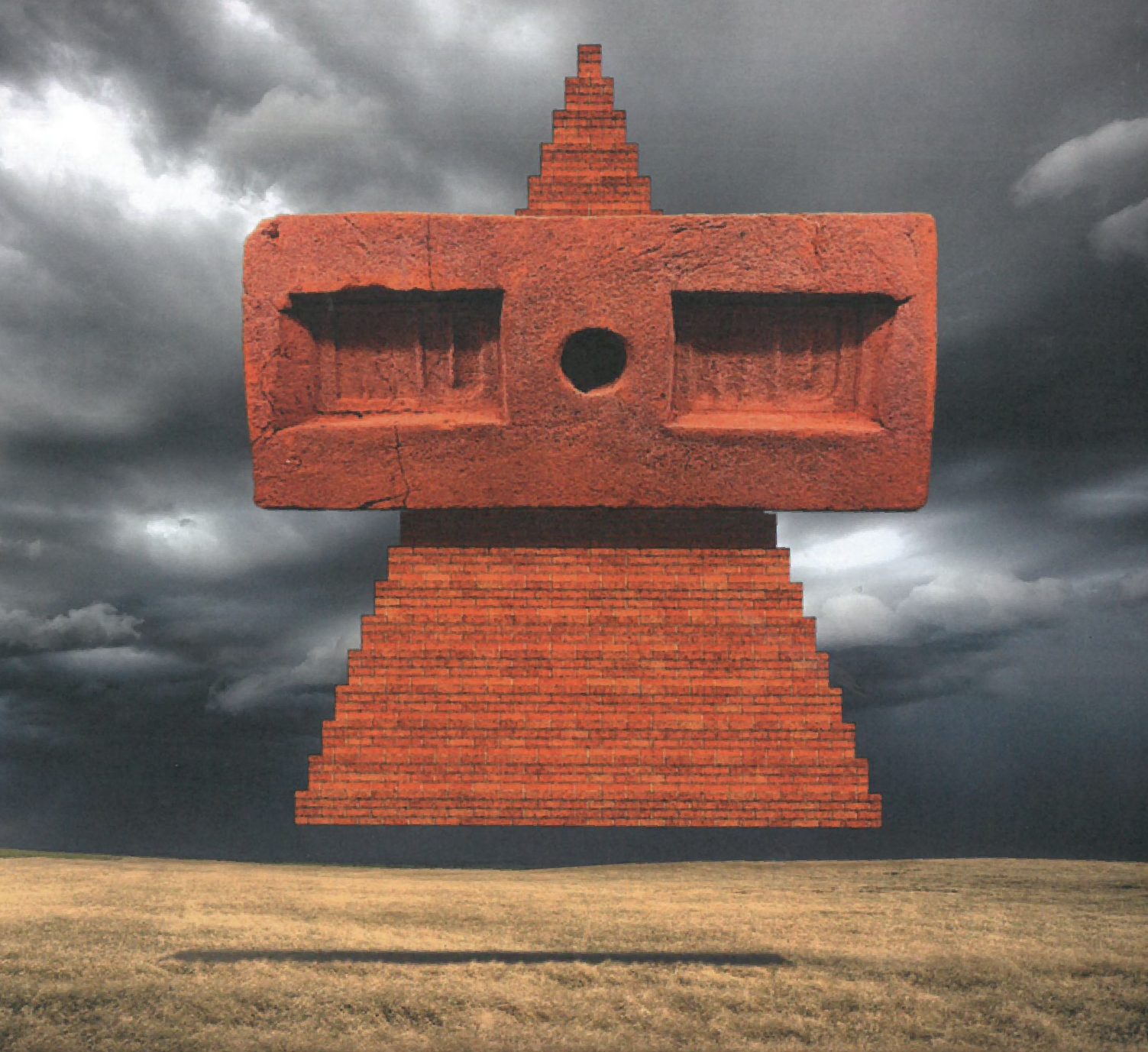
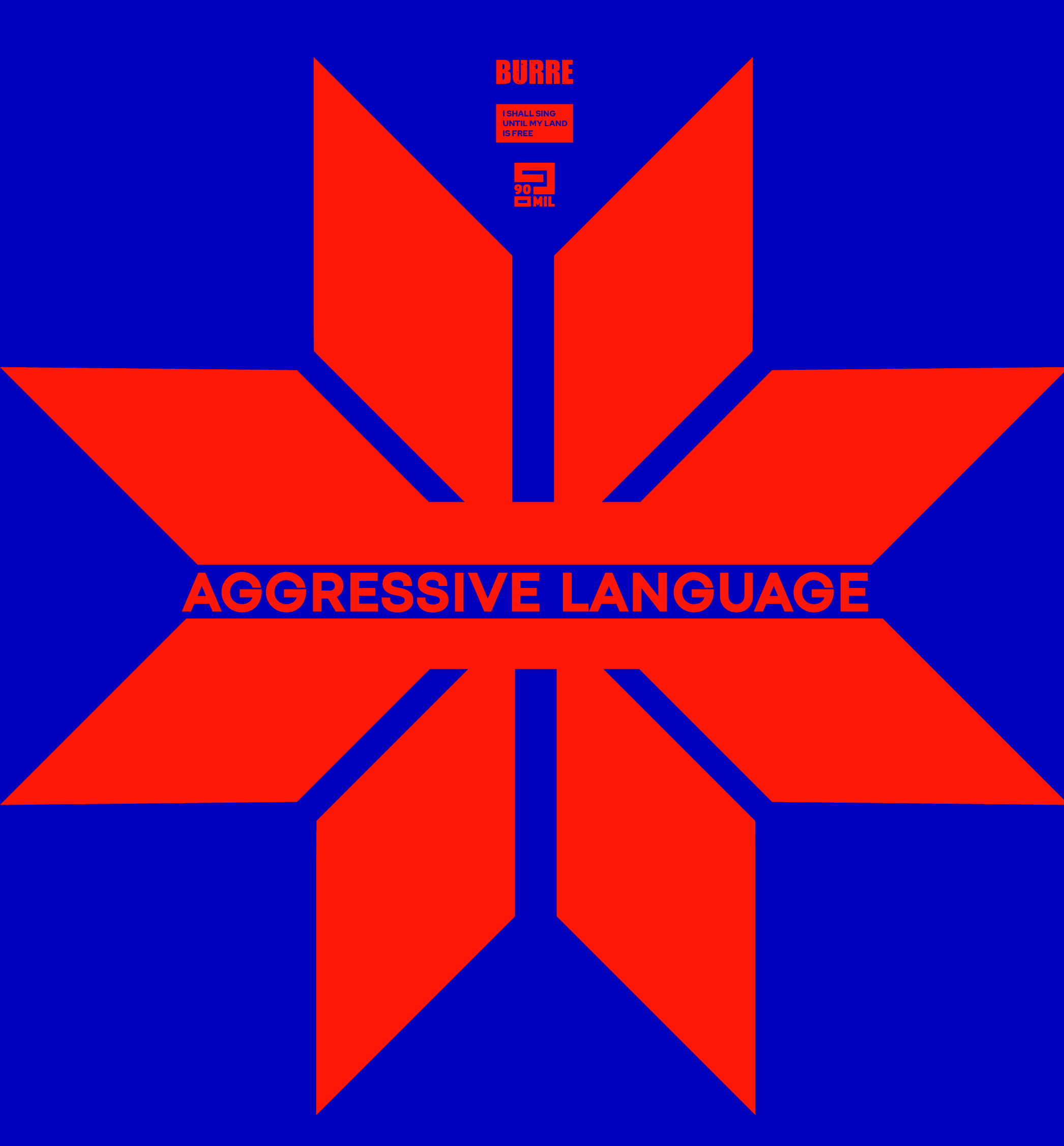
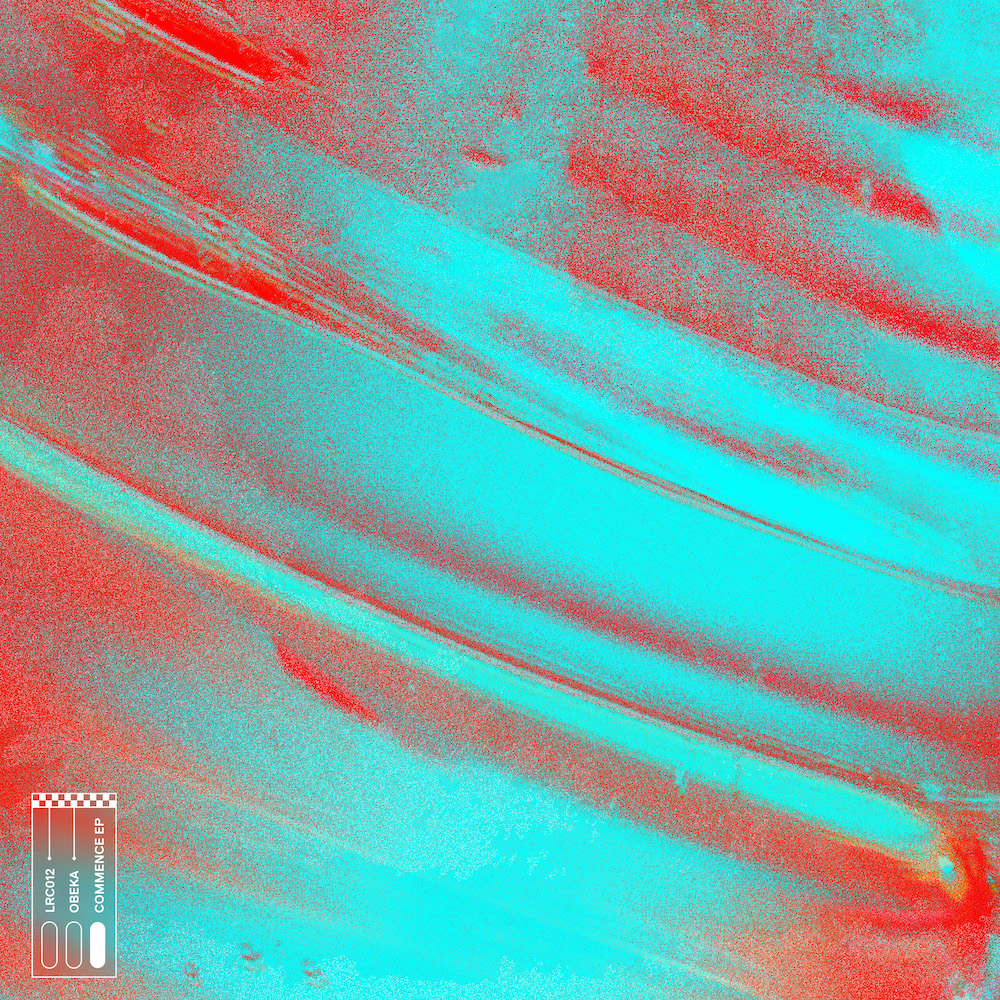



Must Reads
David Holmes – Humanity As An Act Of Resistance in three chapters
As a nation, the Irish have always had a profound relationship with the people of Palestine
Rotterdam – A City which Bounces Back
The Dutch city is in a state of constant revival
Going Remote.
Home swapping as a lifestyle choice
Trending track
Vels d’Èter
Glass Isle
Shop NowDreaming
Timothy Clerkin
Shop Now